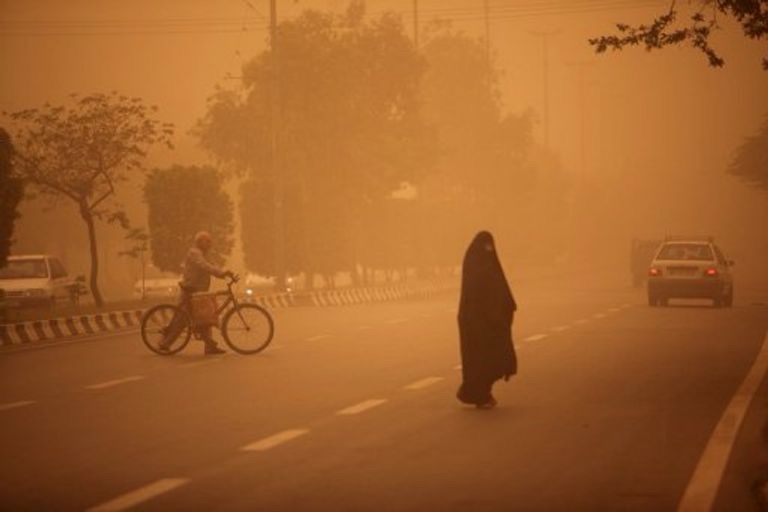
The head of Iran’s Social Affairs Organization and former Minister of Education, Mohammad Bathaee, has warned that the dropout rate among girls is higher than that of boys, calling it an alarming issue.
In an interview with the government-affiliated Iran newspaper on Monday, February 17, Bathaee explained that several factors contribute to students failing to transition from ninth to tenth grade, including academic failure and the inability to pass the school year. He emphasized that dropping out is more common than failing, with economic hardship being the primary reason students leave school.
He reiterated that the dropout rate among girls is significantly higher than among boys, stressing the urgent need to address this issue.
On February 15, Abbas Bayat, the Director General of the Technical and Vocational Education Office at the Ministry of Education, stated that, on average, between 5% and 7% of students fail to transition from ninth to tenth grade each year.
Demographic Expert: 30% of Girls Drop Out of High School
In May of last year, Shahla Kazemi Pour, a demography expert, revealed that an estimated 30% of girls in Iran drop out of secondary education. Based on Ministry of Education statistics, this figure translates to approximately 621,000 female students leaving school.
Bathaee also noted that the reasons for student dropouts are not solely economic; the quality of schools also plays a major role, requiring urgent improvement. Similarly, Bayat pointed out that cultural factors also contribute to the problem.
Bayat further highlighted that “early marriage among girls” and “difficult access to schools in underprivileged areas” are additional reasons behind the high dropout rates.
Education Dropout as an Obstacle to Development
Forough Teymorian, an education expert, stated in an interview with Iran newspaper that student dropout is a major obstacle to national growth and development. She emphasized that a well-structured education system should not only prevent dropouts but also foster students’ overall development.
On September 22, Iranian media, citing the latest Ministry of Education statistics, reported that 790,000 students had not registered for school by that date.
On July 25, Mohammad Molavi, Deputy Chairman of the Parliament’s Education Committee, revealed that “911,000 students in the country have dropped out of school, including 400,000 at the elementary level.” He added that 279,000 students dropped out due to financial difficulties.
The Impact on Ahwazi People
The dropout crisis is particularly severe in Ahwaz, where poverty, discrimination, and lack of educational infrastructure have exacerbated the situation. Many Ahwazi families struggle to afford the costs associated with schooling, forcing children—especially girls—to leave their education behind. Early marriage and cultural restrictions further limit educational opportunities for Ahwazi girls, perpetuating cycles of poverty and marginalization. Additionally, poor access to schools in remote areas means that many students, particularly in rural Ahwazi communities, have to travel long distances to attend class—something that is often unfeasible for families facing financial hardship. The high dropout rates in Ahwaz not only hinder personal development but also deprive the region of a skilled and educated workforce, deepening socio-economic disparities.



